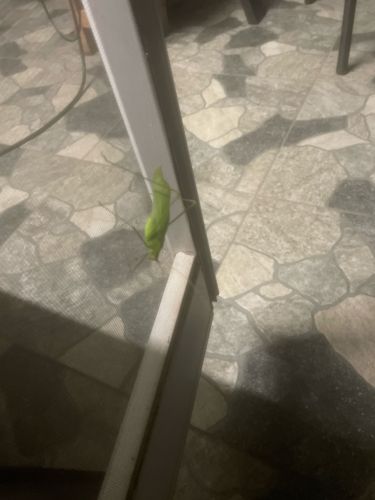Praying Mantis
Scientific Name: There are many species of praying mantises, so a single scientific name is not appropriate without further identification. Examples include Mantis religiosa (European Mantis), Tenodera sinensis (Chinese Mantis), and Stagmomantis carolina (Carolina Mantis).
Order & Family: Order: Mantodea, Family: Mantidae (though other families exist within Mantodea)
Size: Species vary greatly in size, ranging from about 1-2 cm (0.4-0.8 inches) for smaller species to over 15 cm (6 inches) for larger tropical species.

Natural Habitat
Praying mantises are found in a wide variety of habitats, including gardens, meadows, grasslands, shrublands, and forests. They prefer areas with ample vegetation where they can camouflage themselves and find prey. They are often found on plants, flowers, and branches.
Diet & Feeding
Strictly carnivorous. Their diet primarily consists of other insects, such as flies, moths, crickets, butterflies, and grasshoppers. Larger species can occasionally prey on small vertebrates like lizards, frogs, small birds, and rodents.
Behavior Patterns
Praying mantises are ambush predators, known for their distinctive "praying" posture (forelegs held in a position that resembles prayer). They are solitary insects and masters of camouflage, often blending in with their surroundings to surprise prey. Females are sometimes known to cannibalize the male after mating (sexual cannibalism), though this is not as common in the wild as in captivity. They undergo incomplete metamorphosis, meaning they hatch from an egg case (ootheca) as nymphs, which resemble miniature adults and molt several times before reaching maturity.
Risks & Benefits
Praying mantises pose no risk to humans; they are not venomous and do not bite unless severely provoked, and even then, their bite is harmless. They are highly beneficial insects for gardens and agriculture as they are natural pest controllers, preying on many insects that are considered pests. Their presence can help reduce the need for chemical pesticides.
Identified on: 7/9/2025